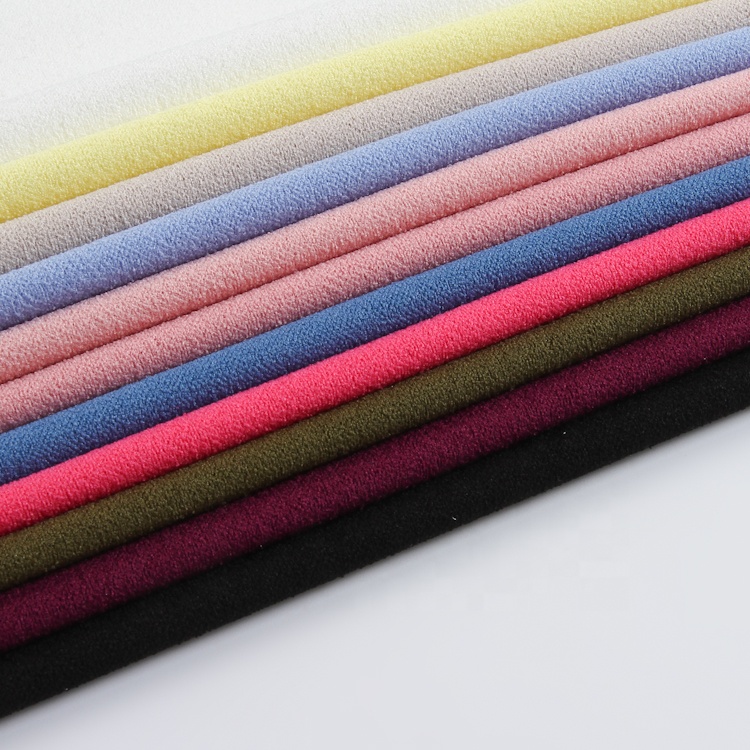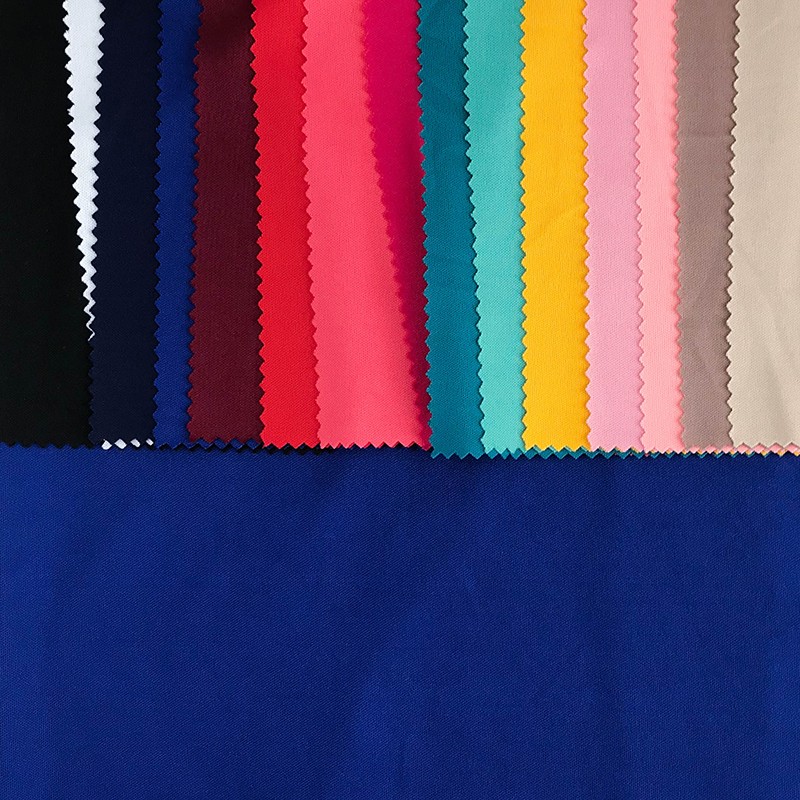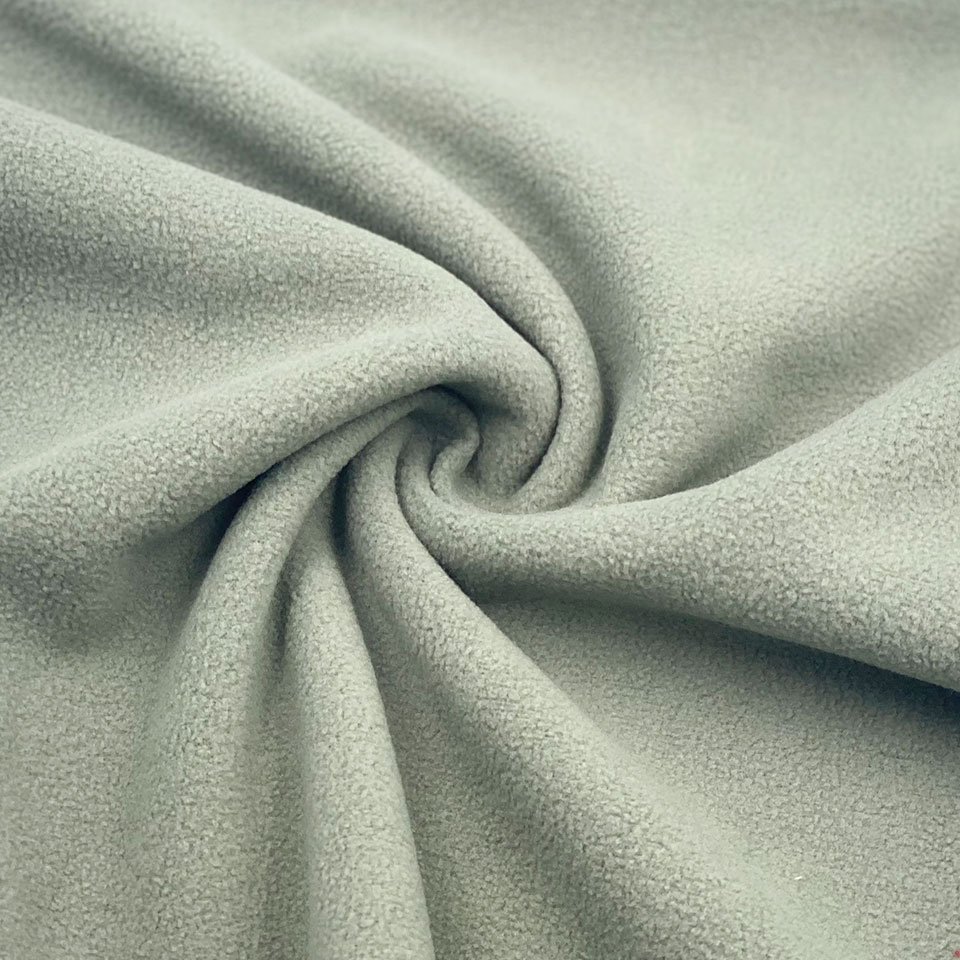Comfortable performance includes fabric heat transfer and thermal insulation performance, water vapor permeability, fabric style, rigid flexibility, drapability, pilling performance and flame retardancy.
Fabric heat transferability refers to the fabric unit area in the unit time through the ability of heat. It depends on the type of raw materials, fabric tissue structure and the air layer in the fabric. The opposite of heat transfer performance is thermal insulation (thermal impedance).

The water vapor permeability of the fabric refers to the ability of gaseous water to pass through the fabric. When one side of the fabric is subjected to water vapor pressure than the other side, water vapor will pass through the fabric. Water vapor permeability and fabric materials, yarn structure, fabric organization structure and its tightness and other factors have a close relationship.
The air permeability of the fabric refers to the performance of the fabric through the air, mainly depends on the fabric between the yarns, the gap between the fibers and the shape of the fiber cross-section. The greater the warp and weft tightness of the fabric, the tighter the fabric, the worse the air permeability.
The style of the fabric refers to certain appearance and tactile performance of the fabric, appearance such as color, vividness, evenness, luster, flatness of the fabric, stripe pattern, smoothness, etc. Tactile sensation such as smooth, rough; smooth glutinous, bracing; smooth, coarse astringent; rigid, soft; fluffy, slaty; thick, thin; rich, loose; warm, cool, etc.
The feel of the fabric refers to the feel of the hand to identify certain physical properties of the fabric, is an important aspect of the style. Different fabrics have different feel. Factors affecting the feel of the fiber raw materials, yarn flick degree and flick direction, fabric organization, dyeing and finishing process, etc., which has a greater impact on the fiber raw materials. The feel is also related to certain mechanical properties of the fabric, such as the flexibility of the fabric, elongation, resilience, etc.

The luster of the fabric refers to when the light shines on the fabric, the reflected light makes the fiber produce luster. The fiber surface is smooth, parallel and consistent, reflecting light is stronger, the fabric luster is bright; on the contrary, the fiber surface is rough and uneven, disorderly arrangement, reflecting light to different directions diffuse, luster is dark.
The rigid flexibility of the fabric refers to the ability of the fabric to resist the bending stress, also known as the bending stiffness. The greater the bending stiffness indicates that the fabric is more rigid. The appropriate bending stiffness is said to be the fabric is quite scraping.
Fabric drape refers to the fabric in the natural drape to form a smooth and uniform curvature of the surface characteristics. The softer the fabric, the better the drapability. Drapability and just flexible, bending stiffness of the fabric drapability is poor.

Fabric in the process of wearing and washing constantly undergoes friction, so that the surface of the fiber end exposed, showing many hairy, called "hair". If these velvet in the continued wearing does not fall off in time, they are tangled together, rubbed into many bead-shaped particles, that is, "pilling". Fabric pilling pilling and fiber properties, length, fineness and cross-sectional form and other related.
Fabric in the process of wearing washing encountered sharp hard objects in which the fiber or monofilament hooked out, the formation of silk ring on the surface, or even be hooked off to form a hairy silk called hooked silk. This will affect the appearance and fastness of the fabric. Knitted fabrics are often dislodged due to hooking and damage the tissue structure. Affect the hooking factors and prevent the hooking method, basically similar to the pilling and pilling.
Contact: Jeanne yang(MISS)
Phone: 13912652341
E-mail: [email protected]
Add: Room A2216/A2217,Double-Star Building,No 567 New South Middle Road, KunShan City JiangSu Province ,China.